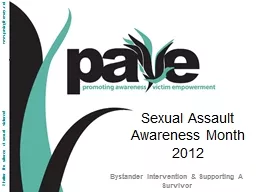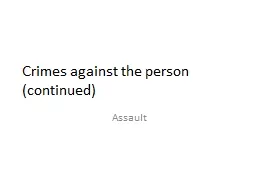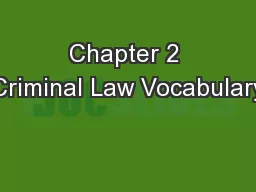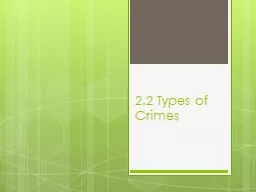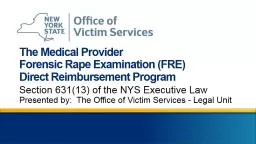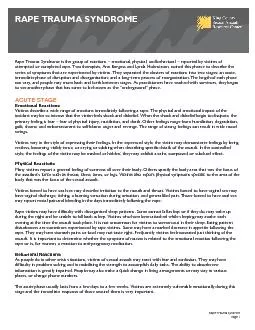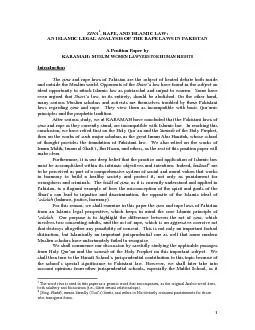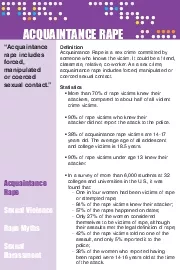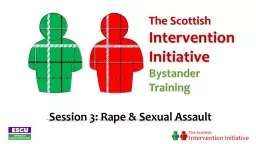PPT-Chapter 6 Assault, Robbery, Rape, and Other Crimes Against the Person
Author : ash | Published Date : 2022-06-11
Terms assault and battery used interchangeably Are technically different crimes each can occur without the other Assault Unlawful attempt or threat to inflict
Presentation Embed Code
Download Presentation
Download Presentation The PPT/PDF document "Chapter 6 Assault, Robbery, Rape, and Ot..." is the property of its rightful owner. Permission is granted to download and print the materials on this website for personal, non-commercial use only, and to display it on your personal computer provided you do not modify the materials and that you retain all copyright notices contained in the materials. By downloading content from our website, you accept the terms of this agreement.
Chapter 6 Assault, Robbery, Rape, and Other Crimes Against the Person: Transcript
Download Rules Of Document
"Chapter 6 Assault, Robbery, Rape, and Other Crimes Against the Person"The content belongs to its owner. You may download and print it for personal use, without modification, and keep all copyright notices. By downloading, you agree to these terms.
Related Documents




